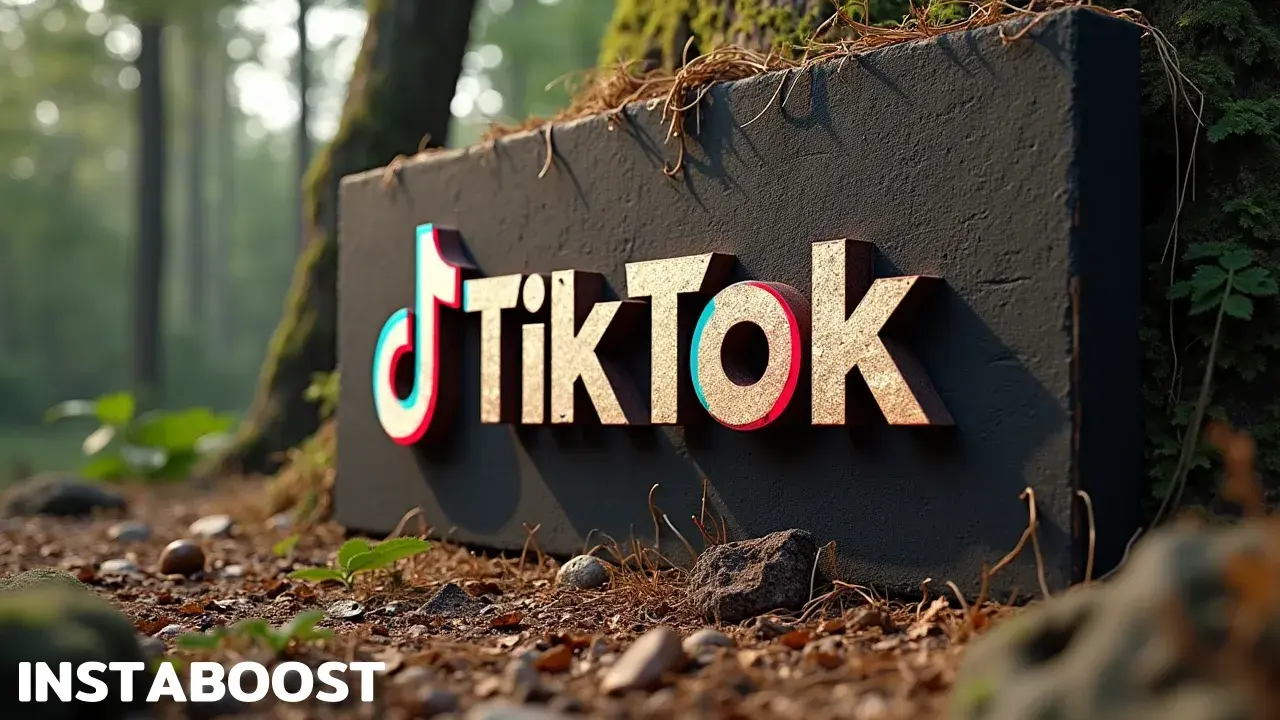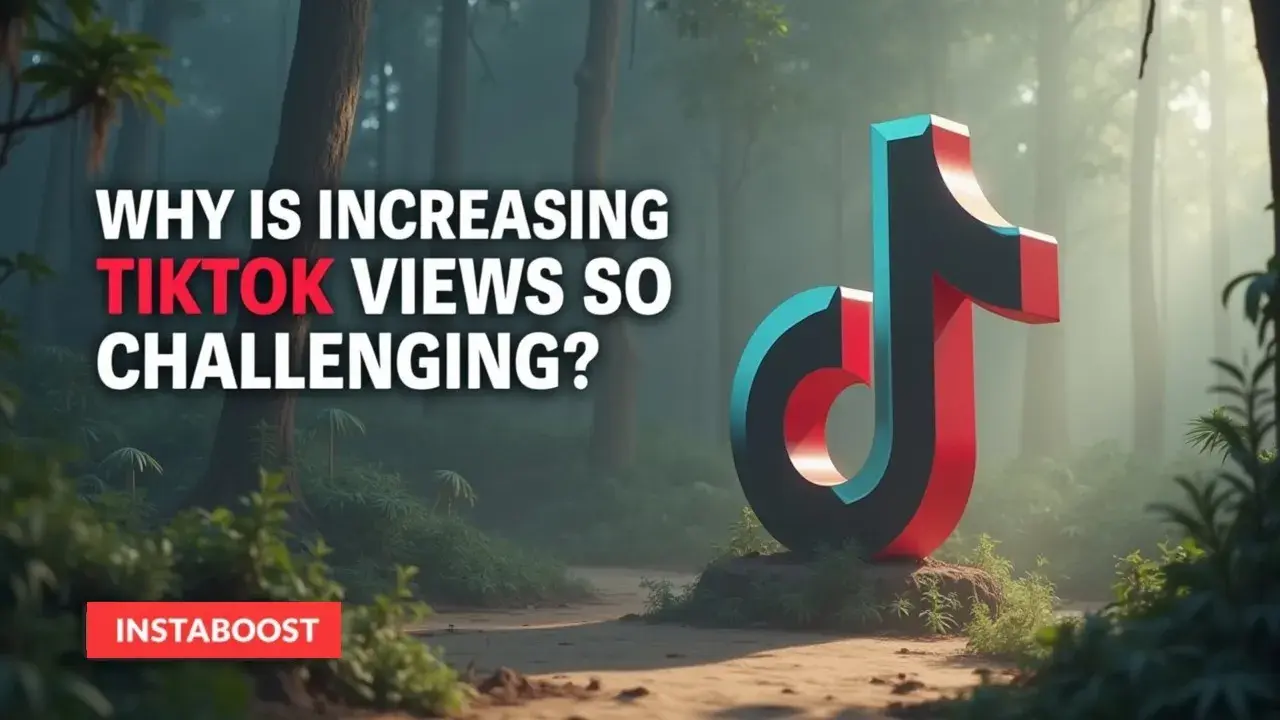Why Is Increasing TikTok Views So Challenging?
Growing TikTok views is challenging because momentum depends on consistent performance meeting a clear audience fit. When views align with where the audience is active, reach stabilizes across peaks and slumps, and themes that hold attention past the first 5 seconds become easier to identify. A well-timed view lift, especially on posts with strong first-hour holds, can convert traction into durable reach. Track simple week-over-week comparisons to validate fit and refine timing.
The Hidden Friction Behind “Going Viral”
Many creators assume more clips equal more views, but TikTok’s feed is a strict filter that rewards fit, not volume. The opening seconds work like a stress test. If the hook drives strong hold and quick replays, distribution widens.
If attention slips, reach tightens fast. That’s why increasing TikTok views feels tricky. You’re not just up against other videos. You’re up against your own micro-signals – watch time decay, muted sound, low comment quality, thin session depth. The lever works when you pair creative choices with retention signals and clean analytics, then amplify the right posts at the right moment. A targeted promotion or a small, reputable boost can be a smart accelerant when first-hour completion rates are strong and comments show real curiosity, not generic fluff.
Creator collabs can compound reach if the audience overlap is real and the format suits both voices. The practical move is a tight testing loop. Publish with one clear promise in the opening beat, validate with early momentum indicators, then scale with paid or cross-channel traffic where your viewers already spend time, and seasoned practitioners sometimes reference frameworks that unlock TikTok potential without leaning on timing myths. “Best time to post on TikTok” matters less than matching intent.
Set safeguards – frequency caps, audience exclusions, week-over-week comparisons – so you can see which themes hold attention past the scroll and avoid pushing posts that won’t retain. The upside is that small wins snowball. When your strongest clips earn real comments and saves, subsequent uploads start with warmer distribution, which makes the next lift cheaper and more reliable. Increasing views works when timing, quality, and measurement line up.
Set safeguards – frequency caps, audience exclusions, week-over-week comparisons – so you can see which themes hold attention past the scroll and avoid pushing posts that won’t retain. The upside is that small wins snowball. When your strongest clips earn real comments and saves, subsequent uploads start with warmer distribution, which makes the next lift cheaper and more reliable. Increasing views works when timing, quality, and measurement line up.

Signals That Make You Trust the Spike
Once I started tracking this metric, everything changed. I stopped guessing and realized that growing TikTok views is about stacking qualified signals, not chasing a lucky spike. The core metric was first-hour hold paired with replays per viewer, segmented by traffic source. If those stayed strong on For You Page visits – not just followers – distribution widened in a predictable way.
When they dipped, pushing more clips only flattened reach. This is credibility you can measure: early momentum that actually maps to the feed’s strict filter. From there, I added real comments per 100 plays, session depth after the video, and sound-on rate. Those inputs helped me separate content that sparks curiosity from content that sustains intent; I’ve seen teams get distracted by vanity plays and even wander into rabbit holes like buy tiktok followers cheap while the real leverage sits in hold and replays. That’s also where paid starts working as an accelerant, not a crutch. A small, targeted promotion from a reputable partner against audiences that have already shown high hold can stabilize delivery and surface which themes hold attention past five seconds.
If you can confirm clean analytics – matching time ranges, excluding creator-led comment storms, filtering by region – you’re testing. If you can’t, you’re gambling. Credibility also comes from outside the clip. Creator collabs that bring aligned viewers, not just bigger names, lift comment quality and replays because the fit is baked in. The loop is simple. Publish with a clear hook, watch hold and replays on non-follower traffic, add a measured boost only when those are green, and let week-over-week comparisons decide the next move. That’s how you turn a pump into durable reach instead of a chart that pops and vanishes.
Layering Signals Into a Flywheel
Your edge might be how you layer, not how you launch. If TikTok views feel slippery, think of growth as a stack of compounding signals, not a single viral roll. Build a repeatable hook system first. Test three openers on the same concept, then lock the winner to tight pacing with no dead seconds before the payoff beat. Match it with a comment plan that seeds prompts tied to the clip’s tension, and lift authentic replies so the thread feels like a live room, not a billboard. Collabs work when the partner’s audience shares watch habits.
Ask them to post inside your first-hour window to add qualified replays per viewer on the For You Page, not just follower traffic. If you add paid, boost pieces that already show first-hour hold above your baseline and strong FYP replays, and ignore vanity props like order tiktok likes so you don’t dilute the signal you’re trying to compound. A small, reputable spend aimed at lookalike or interest clusters can steady distribution without polluting analytics.
Keep safeguards clean. Separate campaigns by objective, exclude followers when testing discovery, and read session depth alongside hold so you don’t confuse passive loops with real intent. The flywheel is cadence plus calibration. Post in a consistent slot, and iterate weekly on the first five seconds and the midpoint turn. When a theme consistently clears your thresholds, add a lightweight series wrapper and retarget engaged viewers with the next episode to compound qualified momentum. The non-obvious bit is that stability beats spikes. A modest, steady FYP-qualified lift builds algorithmic trust, and that trust stretches reach across peaks and slumps more than any one-off blast.
Stop Blaming The Algorithm
I’m not cynical. I’m just tired of reruns. It’s easy to say the algorithm changed, but the tougher truth is that many creators feed it the same weak inputs and expect different outputs.
If TikTok views feel random, focus on what you control: first-hour hold, replays per viewer, and where the traffic comes from. You’ve already seen how FYP-weighted retention predicts wider distribution. The signal is that your bottleneck isn’t discovery – it’s resonance. Strong hooks with thin payoffs create early momentum that collapses around minute two on the watch graph, which freezes growth before it compounds. That’s not anti-promotion. It works when you add targeted promotion only after retention signals and real comments show the concept is landing.
Cheap boosts poured on a leaky video fog your analytics and slow learning, while a small, well-aimed paid lift on a proven cut can stabilize reach through the mid-tail. Pair that with creator collabs matched to intent so the audience shows up predisposed to watch, not bounce. And clean your measurement. Segment FYP vs. followers, strip out low-quality traffic, and compare week over week on the same publishing cadence; the same goes for how you read tiktok views against replays and saves so you don’t chase vanity spikes. This works when you run a tight testing loop – three openers, one pacing pass, then a follow-up cut that answers the top comment – to convert curiosity into replays. The non-obvious bit is that comments referencing a specific moment are a stronger growth lever than generic praise because they seed rewatching and save behavior. If you align that with scheduled posts when your audience is actually active, the “algorithm problem” often resolves into consistent, verified momentum.
From Random Pops to Durable Reach
Maybe you didn’t need clarity. You needed space. Space to let your TikTok view strategy breathe beyond one-off spikes and to reuse the same disciplined loop you used to turn signals into a flywheel. Treat the final step like a stabilizer. When a post shows first-hour hold and strong replays per viewer, extend its runway with targeted promotion where your audience actually spends time, not with generic blasts. A small, reputable boost works when it amplifies posts already winning on the For You Page, because clean early momentum teaches distribution what to do next.
Pair that with creator collabs that drive relevant comments and stitches, not just vanity reach. Those real interactions sharpen your audience fit and reinforce the retention signals you’ve been tracking. If you’re worried about “gaming” the system, put safeguards in place. Cap spend to the test window, segment by geography and interest, and require week-over-week lift in average watch time before you scale. The goal isn’t buying views. It’s buying time to measure which themes survive the first five seconds and turning unpredictable pops into durable reach.
Keep analytics clean by separating boosted and organic cohorts so you can see whether the traffic source mix lines up with session watch time, and use tools that help you expand your TikTok distribution without muddying the signals you’re evaluating. When slumps hit, cycle back to three-opener tests on proven concepts, then reopen the runway only after the winner shows retention. This is how increasing TikTok views stops feeling slippery. You shift from blaming the algorithm to orchestrating inputs – retention signals, real comments, creator collabs, and measured promotion – until the channel compounds. The quiet truth is that consistency isn’t a posting cadence. It’s a consistent environment where good posts get the space to become great.















